Hello, fellow airplanes enthusiasts! Meet my newest invention and creation, the A3-RF021 Supersonic AirlinerTM (all rights reserved).
The Advanced Authentic Aircraft – Revolutionary Futuristic 2021 series (A3-RF021) Supersonic AirlinerTM (all rights reserved) is a near-future narrow-body airliner can travel up to 2 Machs (more than 2,000 km/h).
This is my first creation with more than 100 parts, I hope everyone likes, enjoys, and supports it!
My intention to create this aircraft is not just for fun and entertainment, but also to share a bit of my engineering knowledge in regard to fluid dynamics, a.k.a. aerodynamics. If you are interested in a bit of concepts and principles behind the A3-RF021 Supersonic AirlinerTM (all rights reserved), then you might want to read the description that I have prepared below.
IMPORTANT PRELIMINARY NOTE:
I am an engineer IRL. HOWEVER, I am a CHEMICAL engineer, NOT an AEROSPACE engineer. Although, I did learn about fluid dynamics within the subject of Transport Phenomena and I also did a basic level experiment with a simple sphere within a wind tunnel project. The latter was on such a basic level that I only have experience in trying to find the effects of the sizes, materials, and temperature of the sphere to its Reynolds Number, hence to its type of Air Flow. My thesis research project DID NOT INVOLVE THE SUBJECT OF AERODYNAMICS, but it was about MOLECULAR COMPUTER SIMULATION, so it was a bit far off.
The explanations that I will give to you is not by all means detailed nor there will be supporting data, but I will try to provide as many exciting scientific trivial facts and the logics in it. Most of these resources can be found within WIKIPEDIA, in which that I will also provide the links to it. These explanations will also provide the design ideas within the A3-RF021 Supersonic AirlinerTM. Nonetheless, continuing on….
IS THAT A GIANT MISSILE?
The first thing that you might find peculiar from the A3-RF021 Supersonic AirlinerTM (Nicknamed ARF) is probably its fuselage shape. It is pointed at each end, as if like a convex shape when you are looking at it from one axis angle. This is because it follows the SEARS-HAACK BODY theorem. The Sears-Haack body is the shape with the lowest theoretical wave drag in supersonic flow, for given body length and given volume. [1]

This gives the idea that the sears-hack body in itself is an idealized fuselage for supersonic airplanes. However, the sears-haack body theorem and its generalized form by R. T. Jones are not applicable for transonic airplanes (i.e., at speeds typically between 0.8 to 1.2 Machs), due to its uneven cross-sectional area distribution. Which is why if you look closer, the ARF has smaller fuselage volume from the wings to the tail of the airplane. This is intended to satisfy the AREA RULE theorem a.k.a. the Whitcomb area rule.

The area rule is a design procedure used to reduce an aircraft’s drag at transonic speeds.[2] The balancing between the sears-haack body and area rule within the ARF would allow it to efficiently traverse within the transonic and supersonic speeds.
IS THAT A TURBOJET?
When we are talking about supersonic commercial flights, we might think about the legendary Concorde supersonic airliner from 1976 to 2003. The Concorde airplane uses the Rolls-Royce/Snecma Olympus 593 turbojet engine designed to produce thrust that can achieve Mach speed.[3] This was a state of the art and marvelous jet engine of the time, but it suffers from cost and fuel inefficiency in comparison to transonic airlines such as the Boeing 737 or Airbus A320.[4] Moreover, with only supersonic turbojet engines as its thrusters, the Concorde could only be used on ocean-crossing routes to prevent sonic boom disturbances over populated areas (i.e., cities and residential areas).

Thus, in order to facilitate a more efficient, safe, and easier maintenance, the ARF utilizes the AIR TURBORAMJETS. The air turboramjet is a combined cycle engines that merges aspects of turbojet and ramjet engines. Essentially, the turbojet is mounted inside a ramjet. This allows the ARF to travel by either using only turbojet mode (transonic speed) or switch to ramjet mode (supersonic speed).[5] Thus, the problems that the Concorde experienced could be bypassed. The Nord 1500 Griffon is a perfect example of aircraft that uses air turboramjet engine.[6]

Furthermore, to reduce drag and increase overall thrust efficiency, the ARF engines are placed on the back side of the fuselage. There are TWO ENGINES, but why are there THREE AIR INLETS? For potential economical capital cost efficiency’s sake, a third air inlet is made to accommodate supersonic flights. During transonic flights the third air inlet is deactivated.
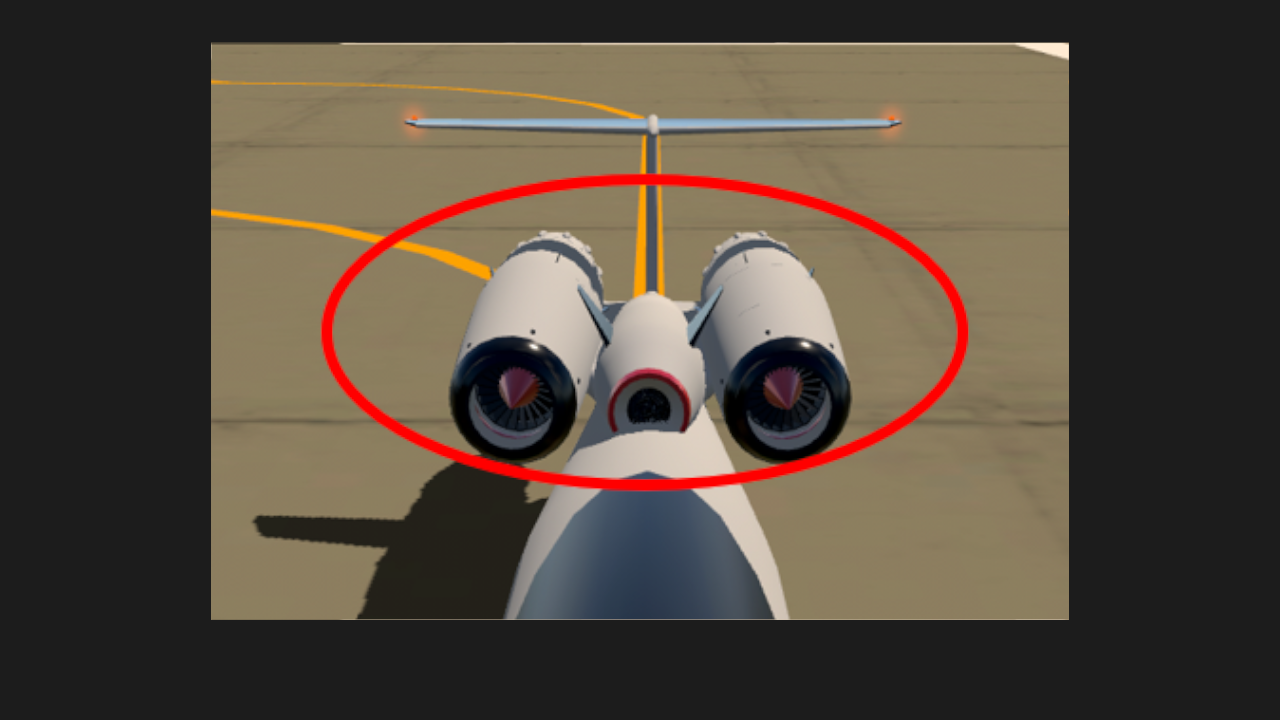
IS THAT SUPPOSED TO BE A BIRD OR A FISH?
When we want to build an airplane, it would be natural and logical for us to actually mimic a flying bird. If we only consider on how to achieve lift, it would dubious to think otherwise. BUT, are airplanes the same as birds? In my opinion, probably only in some aspects. In other aspects, airplanes are also quite similar to fish.
How is that possible? Think of it like this, whenever an aircraft achieves transonic to supersonic speeds, it is common to see fan expansions (a.k.a. “sonic booms”).[7] After such phase have passed, and the aircraft steadily travels from transonic to supersonic speeds, the air surrounding the aircraft would start to give massive amounts of drag, momentum, and pressure on the whole aircraft. Such amount of drag, momentum, and pressure would’ve been akin to what a FISH experienced when they are SWIMMING beneath the OCEAN. That is why airplanes tend to have problems when they are confronted by CLEAR AIR TURBULENCE (CAT)[8], just like a fish swimming UPSTREAM or in the opposite direction of the water flow. BIRDS don’t have this problem and instead they THRIVE from CAT because of free lift and thrust due to their body weight, body to wing ratio, and feathers. FASCINATING RIGHT?!
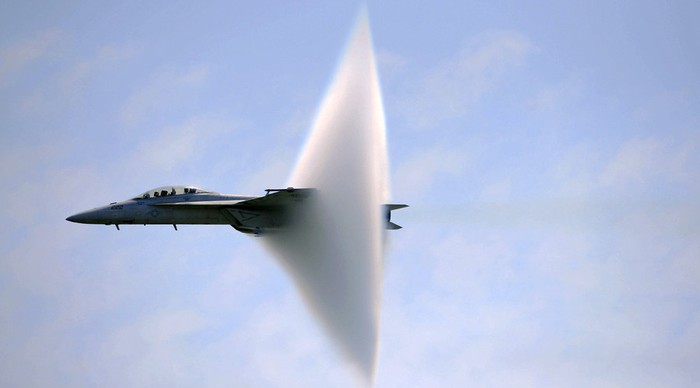
This is the reason why I chose the shape of the wing to be wide and short at the same time, so that it could accommodate lift and deal with CAT and other climate problems at the same time. I did not choose the Delta Wing shape like in Concorde because it would be more difficult to maintenance and I chose the T-shape tail wing to facilitate the engines on the back and so that the airflow on the rudder wouldn’t be disrupted by the air turbulence produced from the engine. I also added a pair of small wings on the third air inlet to give more aerodynamic efficiency for the nacelle.
I DON’T SEE ANY PILOT
Of course, there are no pilots, this is a FUTURISTIC aircraft after all! It is fully automated using a highly advanced ARTIFICIAL INTELEGENCE (AI) in the future. Imagine flying around 12 km above the sea level without a pilot…. I wouldn’t have been brave enough to travel inside an autonomous car on land. But such is the way how the future would work.
CONCLUSION
The ARF may have seemed like the perfect aircraft for the future, but it has its own shortcomings. This could potentially be in the form of relatively higher capital cost to build in compare to traditional transonic airliners, smaller accessible space due to the fact that the back parts of the ARF are fully dedicated for its engines, more expensive engine maintenance, and potential malfunctioning AI pilot. Nevertheless, the A3-RF021 Supersonic AirlinerTM (all rights reserved) is a potential answer for a changing society and economy of the world where everything goes faster within a short amount of time. Moreover, with its design concepts, the A3-RF021 Supersonic AirlinerTM could also be both a mitigation and recovery solution for climate change and global warming problems.
QUICK READ REFERENCES
[1] https://en.wikipedia.org/wiki/Sears%E2%80%93Haackbody
[2] https://en.wikipedia.org/wiki/Arearule
[3] https://en.wikipedia.org/wiki/Rolls-Royce/SnecmaOlympus593
[4] https://en.wikipedia.org/wiki/Concorde
[5] https://en.wikipedia.org/wiki/Airturborocket
[6] https://en.wikipedia.org/wiki/Nord1500Griffon
[7] https://en.wikipedia.org/wiki/Prandtl%E2%80%93Meyerexpansionfan
[8] https://en.wikipedia.org/wiki/Clear-airturbulence
Specifications
Spotlights
- ThomasRoderick 3.5 years ago
General Characteristics
- Created On Windows
- Wingspan 75.7ft (23.1m)
- Length 101.5ft (30.9m)
- Height 17.8ft (5.4m)
- Empty Weight N/A
- Loaded Weight 30,011lbs (13,612kg)
Performance
- Power/Weight Ratio 22.464
- Wing Loading 41.3lbs/ft2 (201.8kg/m2)
- Wing Area 726.3ft2 (67.5m2)
- Drag Points 13219
Parts
- Number of Parts 258
- Control Surfaces 7
- Performance Cost 1,005


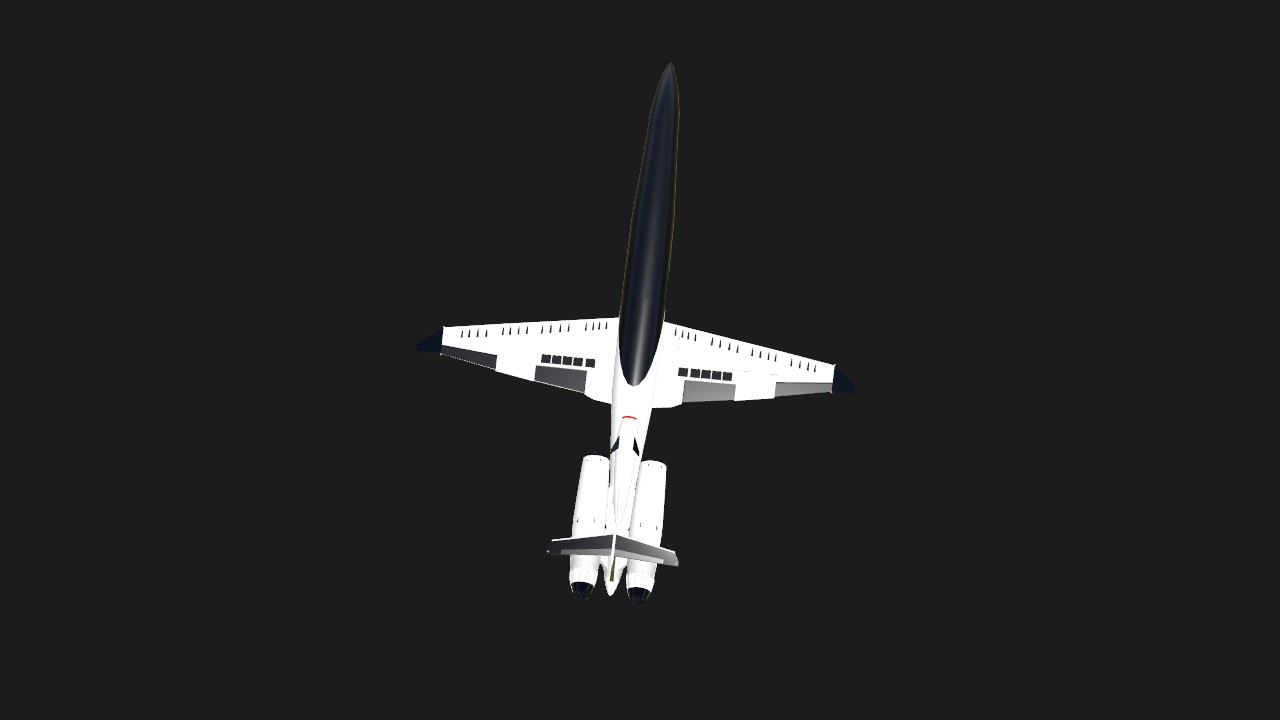

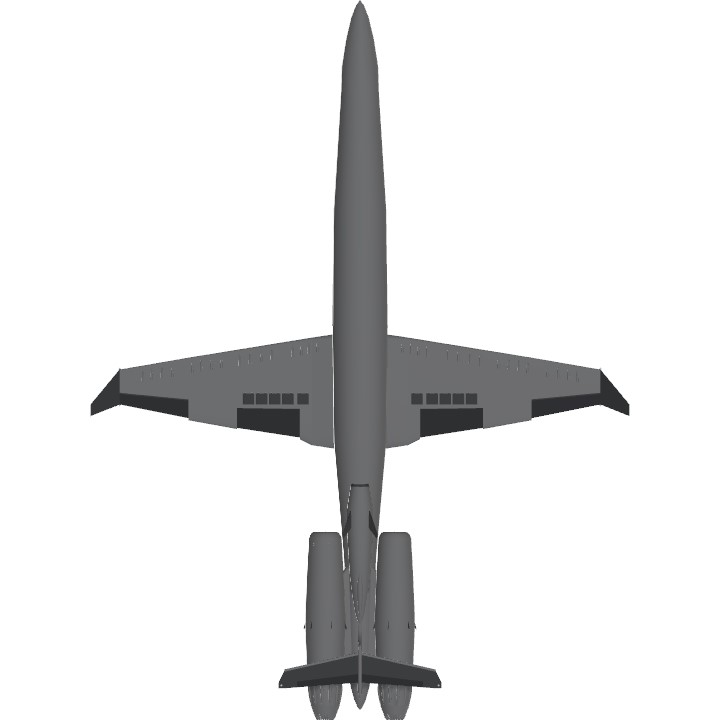
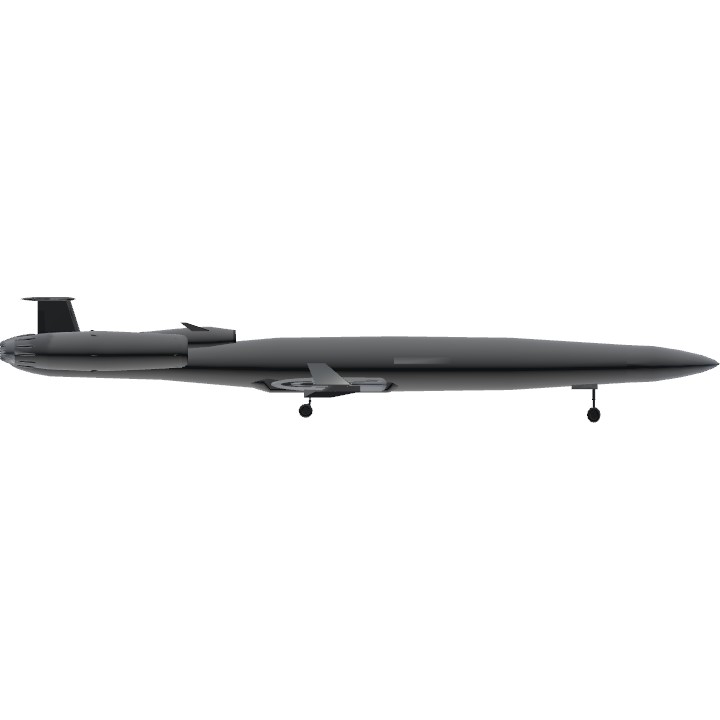
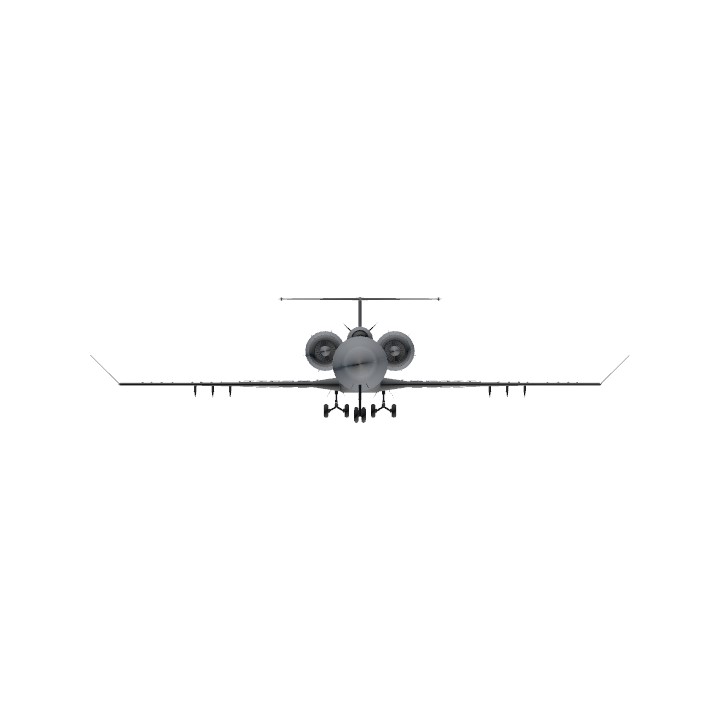
Beautifully simply design
10.5/10